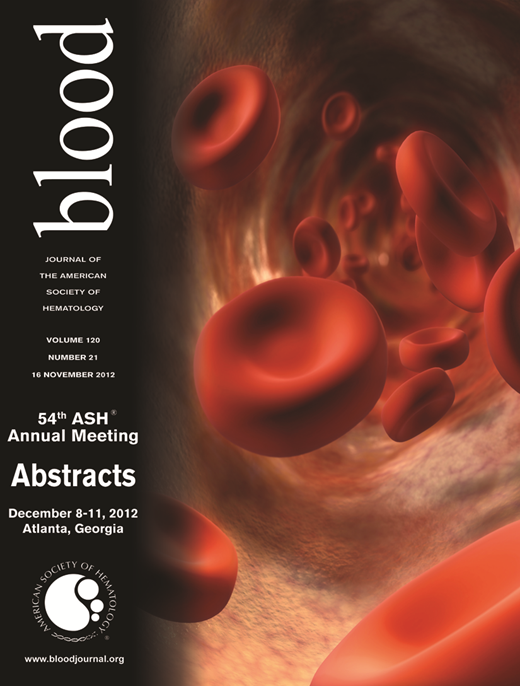Abstract
Abstract 1923
Cytomegalovirus (CMV) remains a significant cause of morbidity and mortality following allogeneic haematopoietic stem cell transplantation (HSCT). Despite the advent of ganciclovir (GCV), a significant minority with CMV infection or disease require secondary therapy. The optimal treatment strategy for patients with GCV resistant CMV infection remains unknown. The nucleotide analogue cidofovir (CDF) demonstrates activity in CMV disease but its tolerability and activity has not been studied in GCV resistant CMV infection. Between 2004 and 2010, 156 of 397 CMV at risk patients following HSCT were treated for CMV reactivation. Of these, 55 were treated with CDF because of GCV resistant CMV infection (n=40), CMV disease (n=11), or pre-engraftment CMV infection (n=4). Failure of treatment with GCV was defined as CMV PCR positivity after 2 weeks' treatment. 62 (40%) patients received stem cells from HLA identical sibling transplants, 86 (55%) from matched unrelated donors and 8 (5%) from cord blood units. 63 patients (40%) received myeloablative conditioning, 93 (60%) received reduced intensity conditioning. 126 (81%) patients underwent T-cell depletion with alemtuzumab. Patients received CDF at a dose of 5mg/kg weekly with appropriate dose adjustment for renal impairment. Response to CDF was defined as CMV PCR negativity, which remained negative for at least two weeks. The median number of CDF courses administered was four (range 1 to 19). We evaluated responses in patients who received at least 12 days' prior GCV prior to CDF for persistent viremia (n=35), of whom 28 of 35 (80%) responded to CDF. 11 patients were commenced on CDF for CMV disease, of which 6 were on prior GCV. 6/11 (55%) responded to CDF.
31 patients (56%) required dose reduction of CDF due to renal impairment, of which 2 patients developed grade 3–4 renal toxicity, and 1 patient required haemodialysis. Renal function improved on cessation of CDF in all cases.
The median response time to eradicate CMV viremia was 15 days. We wished to correlate CMV specific T-cell responses with response to CDF.
The CMV specific CD8+ T cell response was retrospectively studied in a group of GCV-responsive (n=11) and GCV-resistant patients who received CDF (n=7), using HLA:peptide tetramers specific to CMV peptides pp65 and IE-1. Patients treated with GCV had significantly higher tetramer responses at D+50, 100 and 150 post BMT compared to CDF treated patients. Despite unmeasurably low CMV-specific T cell responses, cidofovir treated patients could adequately clear CMV in the majority (4/7) of cases.
These data demonstrate CDF is a valuable second-line therapy in patients who have not responded to GCV. Furthermore it appears to be an important agent in the management of CMV infection who have failed to develop an antigen specific CD8+ T cell response.
Off Label Use: Cidofovir for CMV infection and reactivation in patients following allogeneic stem cell transplant.
Author notes
Asterisk with author names denotes non-ASH members.

